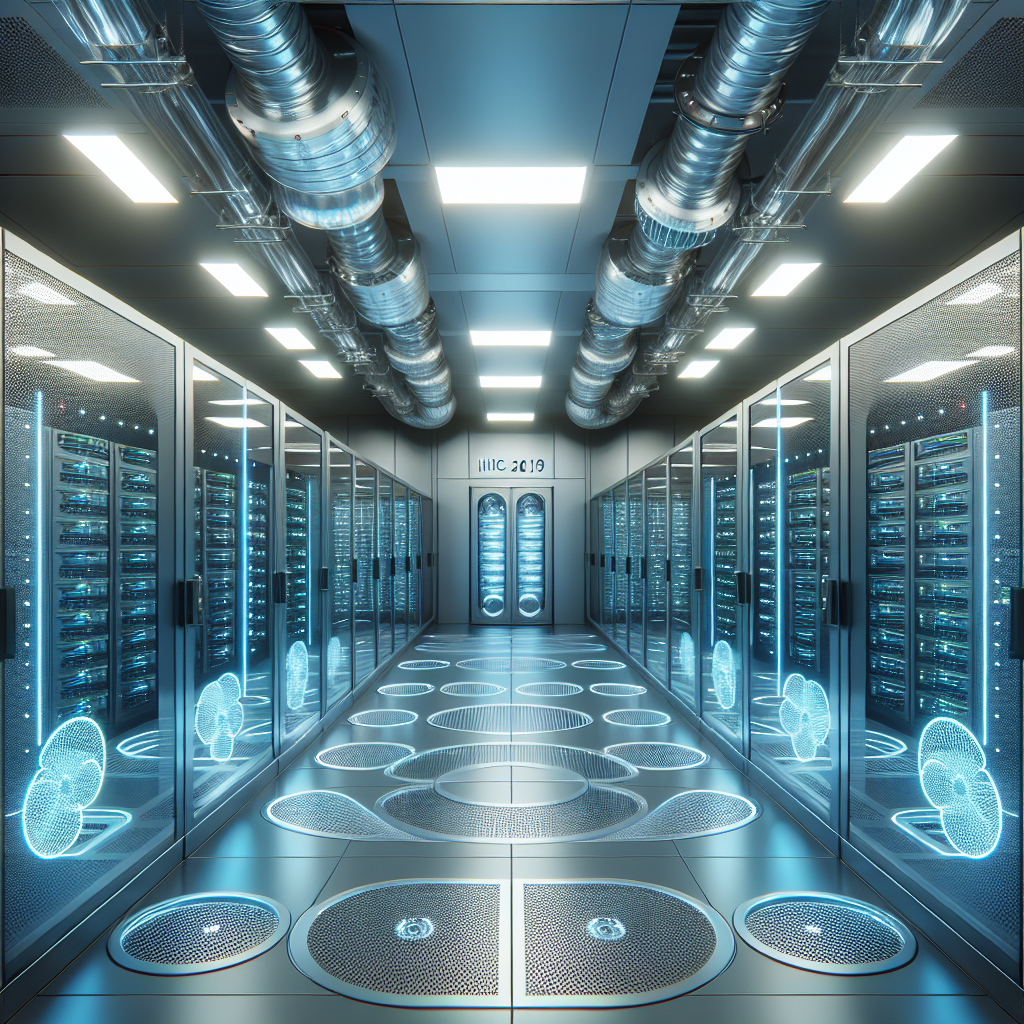Your cart is currently empty!
The Future of Data Center Cooling: Trends in HVAC Technology and Design

As technology continues to advance at a rapid pace, data centers are facing new challenges in terms of cooling their equipment. With the increasing demand for faster processing speeds and higher data storage capacities, data centers are generating more heat than ever before. This has led to a growing need for innovative cooling solutions to prevent equipment overheating and ensure optimal performance.
In recent years, there have been several trends emerging in HVAC technology and design that are shaping the future of data center cooling. These trends are focused on improving energy efficiency, reducing operational costs, and enhancing cooling performance. Let’s take a closer look at some of the key trends that are driving the evolution of data center cooling systems.
One of the most significant trends in data center cooling is the adoption of liquid cooling systems. Liquid cooling technology has been around for decades, but recent advancements have made it more practical and cost-effective for data centers. Liquid cooling systems use water or other coolants to remove heat from IT equipment, providing more efficient cooling than traditional air-based systems. By using liquid cooling, data centers can achieve higher cooling capacities while reducing energy consumption and operating costs.
Another trend in data center cooling is the use of advanced cooling technologies such as direct expansion (DX) systems and chilled water systems. These systems offer greater flexibility and scalability, allowing data centers to adjust their cooling capacity based on changing IT loads. Additionally, these systems can be integrated with intelligent control systems that optimize cooling performance based on real-time data, further improving energy efficiency and reducing operational costs.
In addition to technological advancements, data centers are also focusing on improving the design of their cooling infrastructure. This includes optimizing airflow patterns, managing heat distribution, and implementing hot aisle/cold aisle containment strategies. By carefully designing the layout of their cooling systems, data centers can maximize cooling efficiency and ensure uniform temperature distribution throughout their facilities.
Furthermore, data centers are increasingly turning to sustainable cooling solutions to reduce their environmental impact. This includes the use of energy-efficient cooling equipment, renewable energy sources, and waste heat recovery systems. By incorporating sustainable practices into their cooling strategies, data centers can not only reduce their carbon footprint but also lower their operating costs in the long run.
Overall, the future of data center cooling is moving towards more efficient, flexible, and sustainable solutions. By embracing new HVAC technologies and design strategies, data centers can meet the growing demands for cooling while reducing their environmental impact and operating costs. As the industry continues to evolve, it will be crucial for data center operators to stay ahead of the curve and adopt innovative cooling solutions to ensure the reliability and performance of their facilities.

Leave a Reply